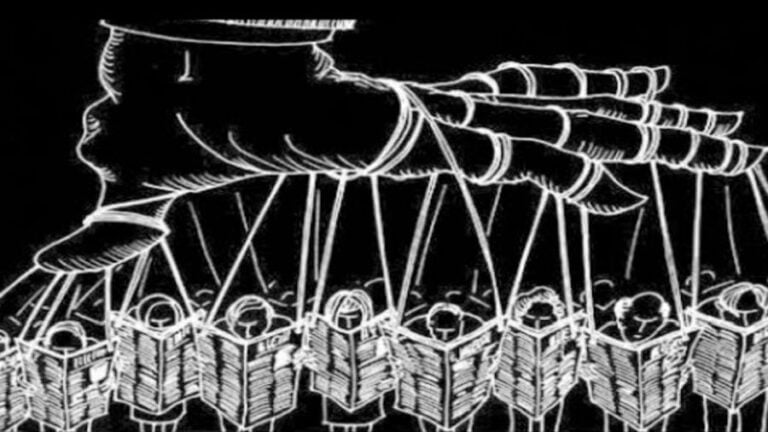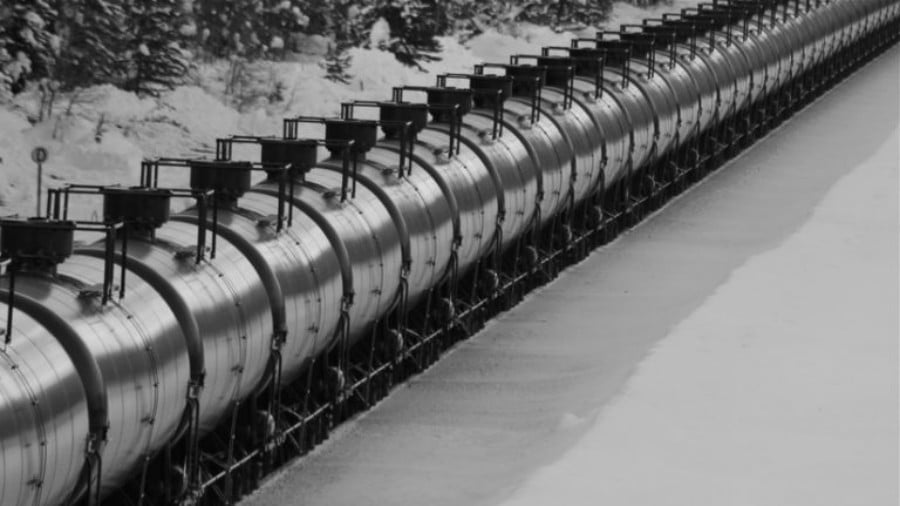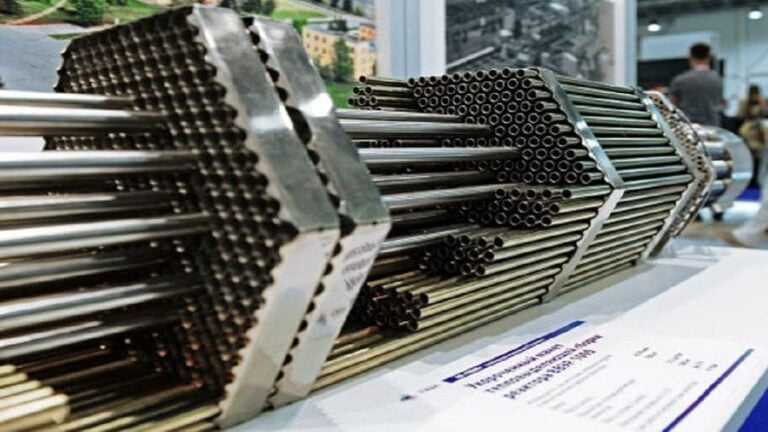First Reaction to Japan’s New National Security Strategy
As previously reported in the NEO, a joint meeting of the leaders of the ruling parliamentary coalition (90% of which are members of the Liberal Democratic Party) on December 12 approved new draft versions of three documents concerning national security and military development in Japan.
Of these, the basic document will be Japan’s second postwar National Security Strategy for the next 10 years. The commentary on the forthcoming NSS revision has long included the strong epithet “radical” to refer to the changes that Prime Minister Fumio Kishida has been talking about repeatedly throughout 2022.
This is despite the fact that their very necessity had been outlined by the newly appointed Minister of Defense Nobuo Kishi (the younger brother of the late Prime Minister Shinzo Abe) back in the fall of 2020. He said then that Japan Self-Defense Forces (SDF) should have the right and capability to launch a “pre-emptive strike” against areas of some neighboring countries where preparations are being made for an attack (e.g. a missile attack) on Japanese territory.
And the first thing that came to the fore when the cabinet passed the new draft NSS on December 16 (subject to subsequent Parliament’s approval, which will be easy in view of its control by the LDP) was the fact that (“anti-war”) Article 9 of the 1947 Constitution, which has not been amended since then, was de facto abolished. The question of when and how this will happen de jure comes down to (political) “technique”, which is quite tricky given the complexity of the constitutional change procedure itself, but nevertheless no more than “technique”.
It should be noted straight away that this would complete Japan’s “normalization” process and make it “like everyone else”. For there is nothing similar to Article 9 in any other national constitution, and the right to and possibility of “pre-emptive” strikes, if not explicitly spelled out in the relevant documents of other countries, is implicit, as they say, “by default”.
It is argued today that the need to be “like everyone else” in this regard was discussed back in the mid-1950s, i.e. during the formation of the SDF. However, it was felt at the time that this would have contradicted the strategic course already adopted to focus on the reconstruction and qualitative and quantitative development of the country’s economy. This required deactualizing the negative memory factor among neighbors about Japan’s recent past. In this course, the issue of security was effectively transferred to the United States.
All this formed the basis of the so-called “Yoshida Doctrine” (named after Japan’s first postwar prime minister). Its practical implementation ended with complete success and by the mid-2000s it became apparent that the doctrine had been exhausted and that it was necessary for Japan to become “like everyone else” in the field of security issues. By the time Prime Minister Shinzo Abe resigned (September 2020), he had allegedly drawn up a list of measures in this field, some of which were announced by his younger brother.
However, some kind of conceptual notes on paper only make sense if they are backed up by projects for their practical implementation, and these latter are secured by adequate funding. A special “anti-missile unit” being created within the SDF, whose name should not be misleading, should have a “counter-attack capability”. Since this is not a question of missile defense in the usual sense of the term, but of destroying missiles on enemy territory before they are launched at targets in Japan.
The main technical means of carrying out such a “counter-attack” would be a new ship-to-ground missile, which has allegedly been under development for two years based on the existing Type 12 anti-ship missile, which has a maximum range of 400 km. However, in reality (and most likely) they imply a completely new weapon with a range of over 1,000 km.
Apparently, it will take a few more years to develop and in the meantime the task of “counter-attack” will be assigned to the US company Raytheon’s Tomahawk cruise missiles. It was previously reported that (“for now”) 500 such missiles were to be procured between now and 2027. That said, the impression was that without much haste all 500 missiles would be placed on the Japanese Navy’s destroyers and submarines closer to the stated deadline.
But the national government has started in this direction, as they say, at a lightning pace. On December 20, it was reported that already in the draft (“record”) defense budget for FY 2023, $1.6bn was allocated for Tomahawk missile procurement. At an estimated cost of $1.5 million per missile, the entire Tomahawk shipment (again, for now) could be purchased with the money made available as early as next year.
One cannot but conclude that the very idea of acquiring these missiles was not born yesterday. It may have been present already in those very notes by S. Abe. Most likely, it has already been worked out in detail at expert level and it seems to be heading towards the manufacturer’s final phrase: “Cash on the barrelhead and get the Tomahawks from that warehouse over there. They’re yours.” Training for Japanese crews on the Tomahawk is probably already underway. In other words, it is possible that the first sea-based launchers will be equipped with these missiles by the end of next year. It is an impressive speed of transition from words to deeds in the key point of those very “radical changes” in Japan’s NSS.
Meanwhile, the government has stepped on thin ice when it comes to financially securing crucial innovations in the military construction, which require a doubling of the country’s defense spending over the next five years. Already at the end of December, a special commission established earlier under the Cabinet prepared a plan to gradually increase taxation of the population as the main source of additional revenues for the defense budget. However, regarding the deadline for the launch of the said plan, the Delphic phrase “in 2024 or thereafter” is used.
And such caution in wording is understandable. An opinion poll carried out by Kyodo News Agency on December 18 showed that 65% of those surveyed did not agree with plans to raise taxes for the aforementioned purposes. With all sorts of “other” problems (the aftermath of Covid-19, the global economic crisis), a tax increase to buy some Tomahawks is the last thing an average Japanese needs.
The first news of such plans caused the government’s rating (already subject to a gradual decline for a variety of reasons) to plummet immediately and dramatically to the all-time low of 31%, or even 25%, over the last 10 years. These figures were provided by two respected publications, Asahi Shimbun and Mainichi Shimbun respectively.
The same figures reflect obvious public dissatisfaction with the procedure for adopting the new version of the NSS. It is pointed out that the drafting of this document did not sufficiently involve experts with different perspectives on security itself. On December 15 in particular, a group of experts announced an alternative vision for Japan’s role in the region, which envisages a much lesser role for the military factor in defending national interests.
Finally, a point of view expressed by retired officers of the highest ranks has also drawn attention, according to which an emphasis on upgrading the equipment of the current SDF would not achieve its promise without a dramatic increase in the size of the country’s armed forces. Apparently, these experts continue to believe in the ancient Roman principle that a military campaign can only be judged successful if a boot of a legionary (in this case, of course, a samurai) enters enemy territory. Despite all the progress in stone-throwing machines and other Wunderwaffe specimens of the time.
Meanwhile, the government’s plans (described by critics as “paper”) envisage maintaining this figure at the long-established limit of 250,000 troops. For any significant increase in this figure would immediately exacerbate the same problem of funding. This is because the defense spending of modern states is almost dominated by various types of support for military personnel.
Be that as it may, Japan’s new National Security Strategy is beginning to operate in a not very comfortable domestic political environment. Therefore, it makes sense to periodically refer to the practical implementation of this document.







